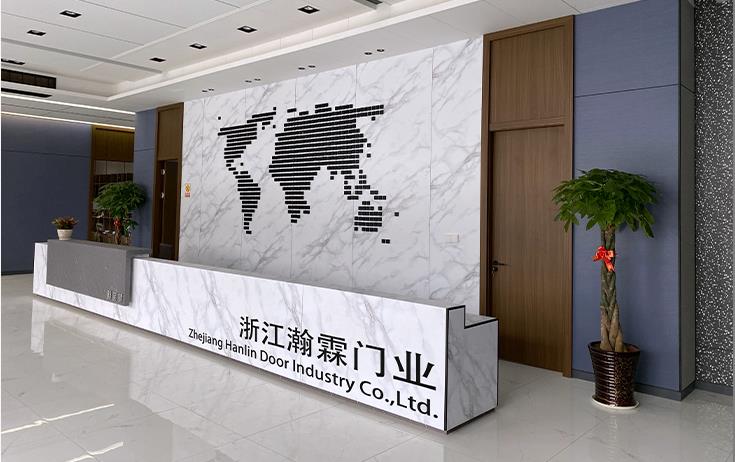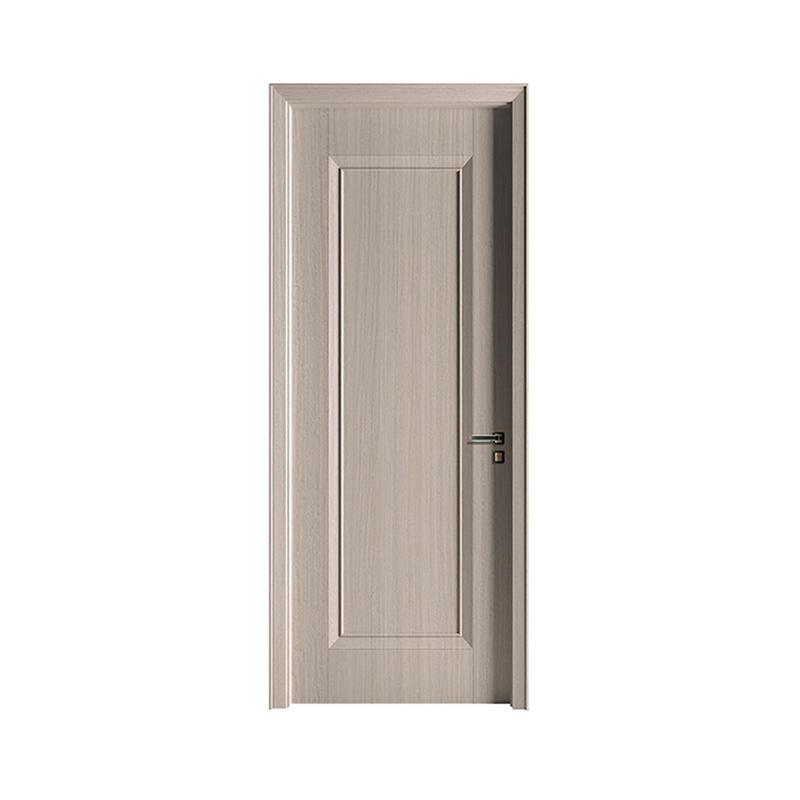In order to design a 3D mold for making WPC snap doors, you need to take the following steps:
Determine the design specifications: First, you need to determine the specifications and requirements of the WPC latch door you want to design. This includes door size, shape, weight, material, color, etc.
Make a 3D model: Use 3D modeling software, such as AutoCAD, SolidWorks, or Blender, to make a 3D model of the WPC knock on the door. In this process, you need to ensure the accuracy and practicality of the model, including the details of the door, connection parts, splicing methods, etc.
Mold making: Use CNC machines or 3D printing technology to make molds for WPC buckle doors. This process needs to ensure the precision and quality of the mold, to ensure that the final made door meets the requirements.
Test Mold: Before using the mold for production, mold testing is required. The purpose of testing the mold is to ensure the applicability and reliability of the mold, so as to ensure that the quality of the manufactured WPC buckle door is up to standard.
Production of WPC buckle door: After the mold test is passed, you can use the mold to produce the WPC buckle door. This process requires attention to quality control and process control to ensure that the quality of the produced WPC buckle door is up to standard.
It should be noted that making molds requires specialized skills and equipment. If you do not have relevant skills and equipment, it is recommended to find a professional manufacturer for production.
3D mold design can bring many benefits, including:
Higher precision and accuracy: Using 3D modeling software can design molds more accurately, avoid errors in the production process, and improve production efficiency and quality.
Faster manufacturing speed: Using 3D printing technology can make molds faster, eliminating the time-consuming manual carving and processing in traditional manufacturing methods.
Less waste: Using 3D modeling software can reduce material waste because you can better predict the size and shape of the mold, thereby avoiding wasted material.
More flexible design: With 3D modeling software, it is easier to make modifications and adjustments, so the mold design can be improved more quickly to meet different needs.
Therefore, using
3D mould design WPC deducted door can increase production efficiency, reduce cost and improve quality. However, it should be noted that 3D mold design requires relevant skills and tools, and a lack of experience and skills may cause problems in the design and production process.
3D mold design can be applied to various scenarios, including manufacturing, construction, automotive, etc. In terms of manufacturing WPC snap doors, 3D mold design can be used in the following situations:
Mass production: If you need to produce a large number of WPC buckle doors, using a 3D mold design can improve production efficiency and quality.
Customized requirements: If you need to customize the WPC buckle door according to the specific needs of customers, you can quickly and accurately design the door type that meets the needs by using 3D mold design.
Process improvement: If the production process needs to be improved, the use of 3D mold design can quickly simulate and optimize, thereby improving production efficiency and quality.
R&D and innovation: If new product R&D and innovation are required, 3D mold design can be used to design new products faster, and conduct simulation and testing.
In conclusion, 3D mold design can bring many benefits to the manufacture of WPC buckle doors, especially in terms of production efficiency, quality, and customization needs. However, it needs to be evaluated on a case-by-case basis and ensure that the skills and tools are in place to take full advantage of the benefits of 3D mold design.



 English
English عربى
عربى 中文简体
中文简体






